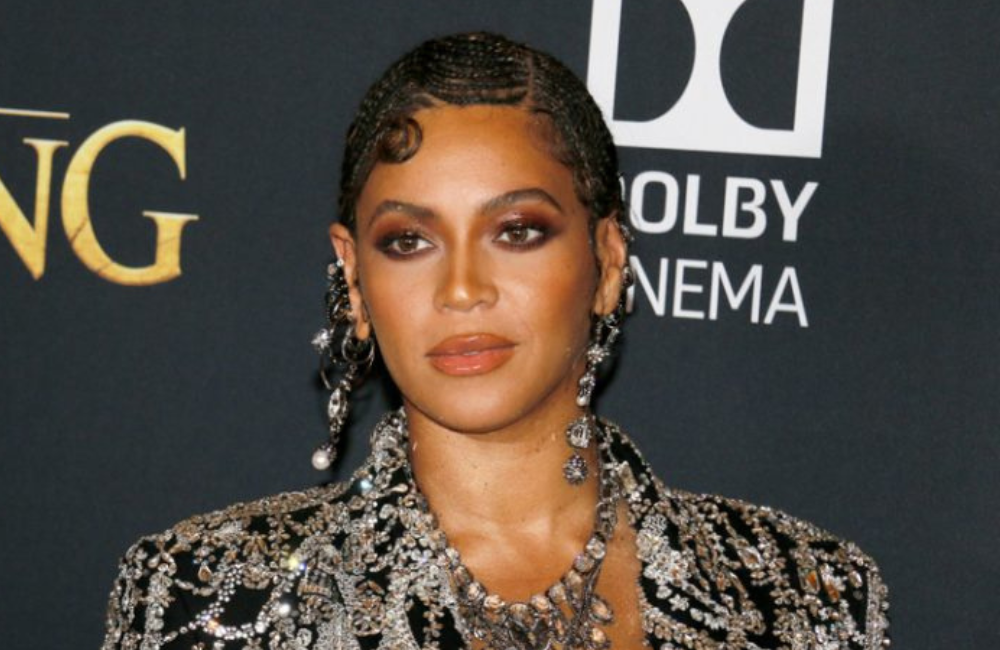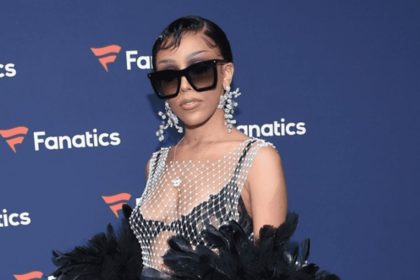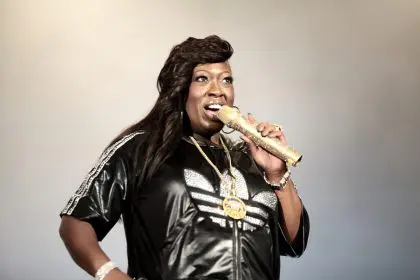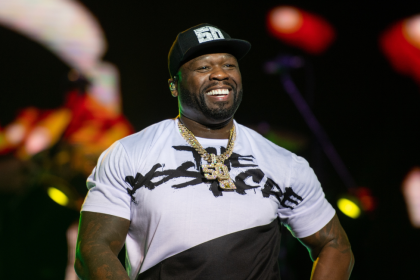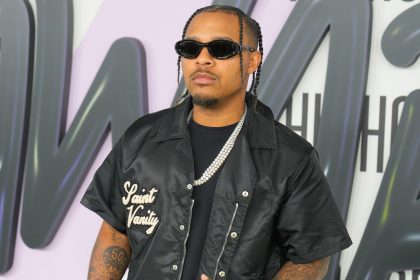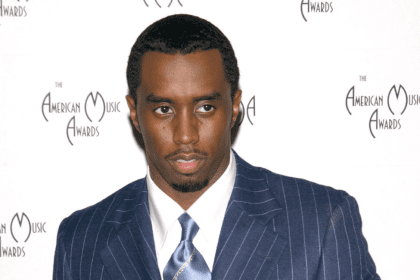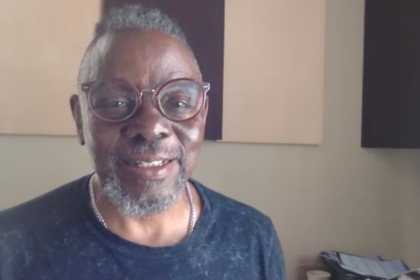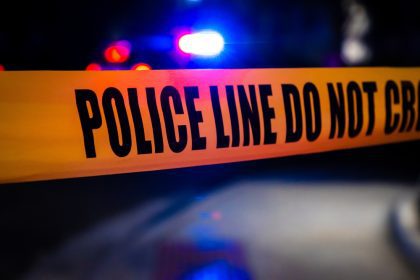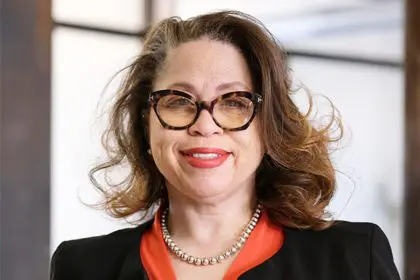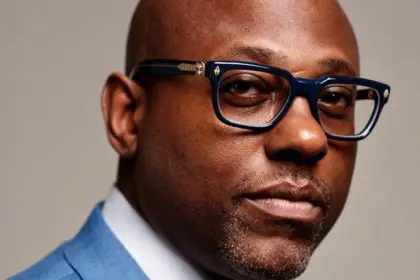Beyoncé finds herself entangled in a significant legal dispute with Sphere Entertainment Group following the debut of her “Cowboy Carter” tour visuals. The controversy centers around striking imagery that debuted during her opening night at SoFi Stadium in Inglewood, California, featuring the superstar towering over the Las Vegas skyline and lifting the distinctive Sphere venue as though it were a mere toy. This bold, high-tech visual presentation immediately captivated audiences but has now drawn formal legal objections from the venue’s ownership.
The legal challenge represents an unexpected complication for the multi-Grammy winner as she embarks on what was already one of the year’s most anticipated concert tours. Industry observers note this situation highlights the increasing complexity of intellectual property rights in an era where concert productions increasingly rely on elaborate visual effects and recognizable landmarks to create memorable moments.
Formal legal objections
According to industry reports, Sphere Entertainment Group has formally issued a cease-and-desist letter to the singer, asserting that the tour visuals constitute unauthorized use of their distinctive venue design and intellectual property. Attorney Kathleen McCarthy, representing Sphere’s interests in this matter, emphasized that the footage was utilized without securing proper permissions—a critical oversight in the entertainment industry’s complex landscape of image rights.
The cease-and-desist communication specifically addresses the scale and presentation of the imagery, noting that Beyoncé appears many orders of magnitude larger than the Sphere venue as she interacts with the structure. This dramatic representation has inadvertently fueled speculation about a potential Beyoncé residency at the Sphere—rumors that gained traction last year when discussions between the parties reportedly occurred but ultimately failed to materialize into a formal agreement.
Another day, another lawsuit!
Due to the illegal and unauthorized use of Sphere in her tour promo video, James Dolan, CEO of Sphere Entertainment, has sent Beyonce and her team a cease and desist letter. #COWBOYCARTERTour #Hasbeyn #BeyonceIsOverPartypic.twitter.com/Ox7JfhgyTI
— Poop Crave (@P00P_CRAVE) May 3, 2025
Specific demands and potential consequences
The legal notice contains several specific demands directed at Parkwood Entertainment, Beyoncé’s production company. Most immediately, it requires the immediate cessation of any visuals incorporating the Sphere venue throughout the remainder of the tour. Beyond the performances themselves, the letter extends its demands to prohibit the use of this imagery in tour merchandise, promotional materials, and any potential tour films or documentaries.
Legal experts familiar with entertainment law note that failure to comply with these demands could expose Beyoncé and her production team to more serious legal consequences. Sphere’s legal representatives have indicated their readiness to pursue additional legal remedies should their concerns not be adequately addressed, potentially complicating the tour’s ambitious production schedule and international dates.
Tour momentum amid legal challenges
Despite this legal complication, Beyoncé‘s “Cowboy Carter” tour officially launched with tremendous fanfare and critical acclaim. Supporting her groundbreaking country-inspired album of the same name, the tour represents another bold artistic evolution for the performer who has consistently redefined genre boundaries throughout her career.
The concert series has an ambitious itinerary spanning numerous major U.S. cities before concluding with high-profile international performances in London and Paris scheduled for July. Industry insiders note that while the legal situation presents a challenge, Beyoncé’s experienced team has navigated complex production issues throughout her illustrious career.
Broader implications for visual creativity
This dispute illuminates the increasingly complex intersection between artistic vision and intellectual property rights in modern entertainment. As concert productions grow more technologically sophisticated and visually ambitious, the legal framework governing the use of recognizable landmarks, venues, and architectural elements becomes increasingly significant.
Entertainment attorneys observing the situation note that while artists continuously push creative boundaries with their visual presentations, obtaining appropriate permissions remains essential—particularly when incorporating distinctive architectural structures or venues with established intellectual property protections.
Future developments and industry impact
The ultimate resolution of this dispute carries significance beyond Beyoncé’s current tour. As visual technologies continue advancing and concert experiences become increasingly immersive, this case may establish important precedents regarding how artists can reference or incorporate recognizable venues and landmarks in their productions.
Industry experts suggest this situation underscores the necessity for entertainment companies to develop more comprehensive frameworks addressing these evolving challenges, particularly as the boundaries between physical venues and digital representations continue blurring in contemporary productions.
For Beyoncé’s legions of fans, the legal complications remain secondary to the artistic experience of her groundbreaking tour. However, the situation demonstrates that even the most established and influential artists must navigate an increasingly complex landscape of intellectual property considerations as they push the boundaries of creative expression in their performances.

